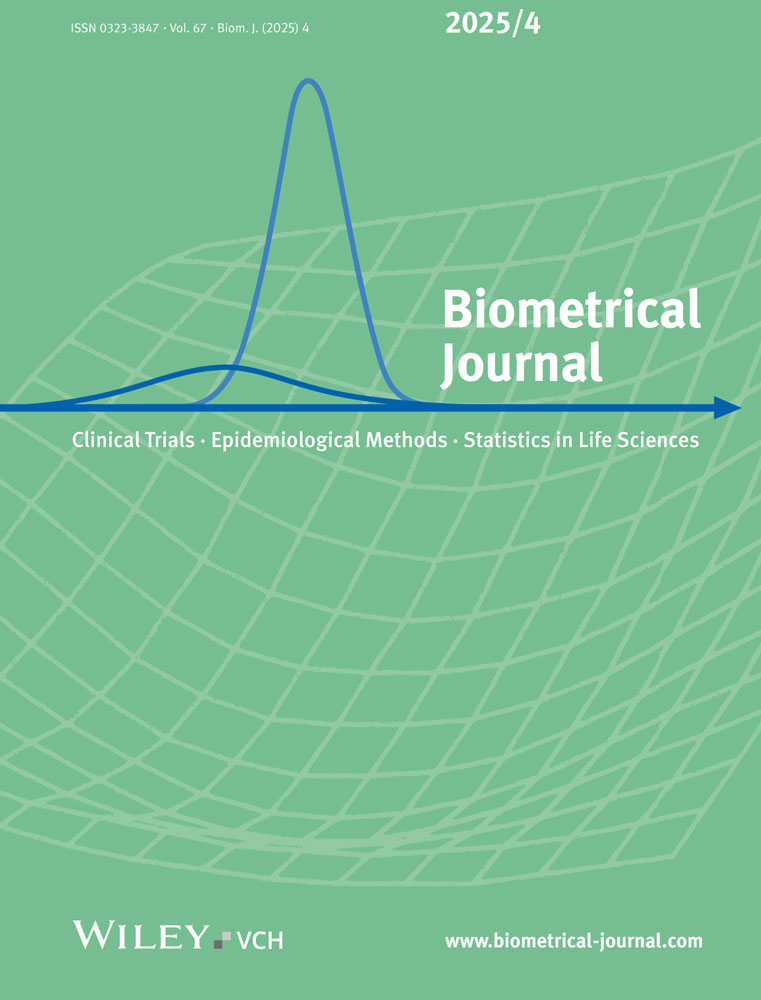Use of the tetrachoric correlation model in assessing clinical tests
Abstract
Categorical data on n patients are classified according to the results on an initial clinical test T, and also with respect to a subsequent and definitive diagnosis D. In this paper the sensitivity (=), specificity (=) and predictive values (=v) are discussed with reference to the tetrachoric correlation model based on the bivariate normal density (e.g. PEARSON, 1901; KENDALL and STUART, 1972, II, p. 317). The result of HAMDAN (1970) concerning the equivalence of the tetrachoric rt and the maximum likelihood estimate of the correlation coefficient is utilized in this paper to obtain a test of significance concerning rt, and also the relation between the tetrachoric function w and the relative risk ψ for the 2X2 table.




